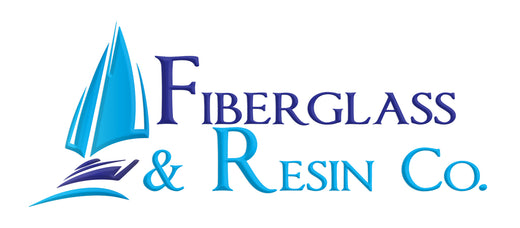There are two types of gel coats that we carry. There is general purpose gel coat and there is tooling gel coat.
General purpose gel coats come in a variety of colors and can be color matched for your specific needs. GP gel coats are softer and more flexible than tooling gel coat. They are used where the end product will be submitted to constant vibration, such as boats and car bodies. It will flex instead of cracking under the constant beating. It can be scratched easier than tooling gel coat, though.
Tooling gel coat is less flexible than general purpose gel coat and much harder. It is harder to scratch which makes it ideal for molds that will be used more than once.
Mixing
Gel coat is a polyester resin and uses MEKP (methyl ethyl ketone peroxide) as the catalyst/ hardener. MEKP is mixed in at 1% to 2% mix ratio. The increase or decrease of MEKP will effect the pot-life and cure time of the gel coat. If there is not enough catalyst, it will take too long to cure or not cure at all. Too much catalyst and the gel coat may pull away from the mold due to shrinkage.
Styrene monomer is used to thin the gel coat. Acetone can be used to thin gel coat as well but is not recommended. There is a chance when using acetone that the gel coat will be rubbery or soft. Styrene promotes cross-linking of the resin and catalyst. Do not add more than 10% styrene or acetone by volume. Thinning the gel coat gives it a better flow when spraying. It also helps reduce the appearance of brush marks when brushing.
Application
Spraying gel coat with a spray gun is the best way to apply gel coat. Spray guns are available that are specifically made for gel coat. The guns are designed to work with the more viscous gel coat.
If you decide to use your own paint spray gun, be prepared with acetone to clean the gun immediately after you finish spraying, otherwise, the gel coat will harden in the gun. If this happens, you will wish you had spent the extra money on a gel coat spray gun. At least a 2 mm nozzle is needed. Also, your regular paint spray gun may not hold up to the chemicals found in gel coat.
Brushing gel coat is possible, but is not recommended. The finish quality is far inferior to spraying. Brushing can create a more brittle finished product. The styrene in gel coat evaporates much better when sprayed. If you decide to brush the gel coat on, do not brush it the same way you would paint. Try using long, even strokes instead of short quick strokes. Use an unpainted, wood handled brush with natural bristles.
Pigments can be added to the gel coat to match repairs or to make different colors. Pigment is added before the catalyst, MEKP.
*** Working with fiberglass and resin is not a science. The information on this page is designed to be helpful. Experiment to see what works best for you before starting your project.***
